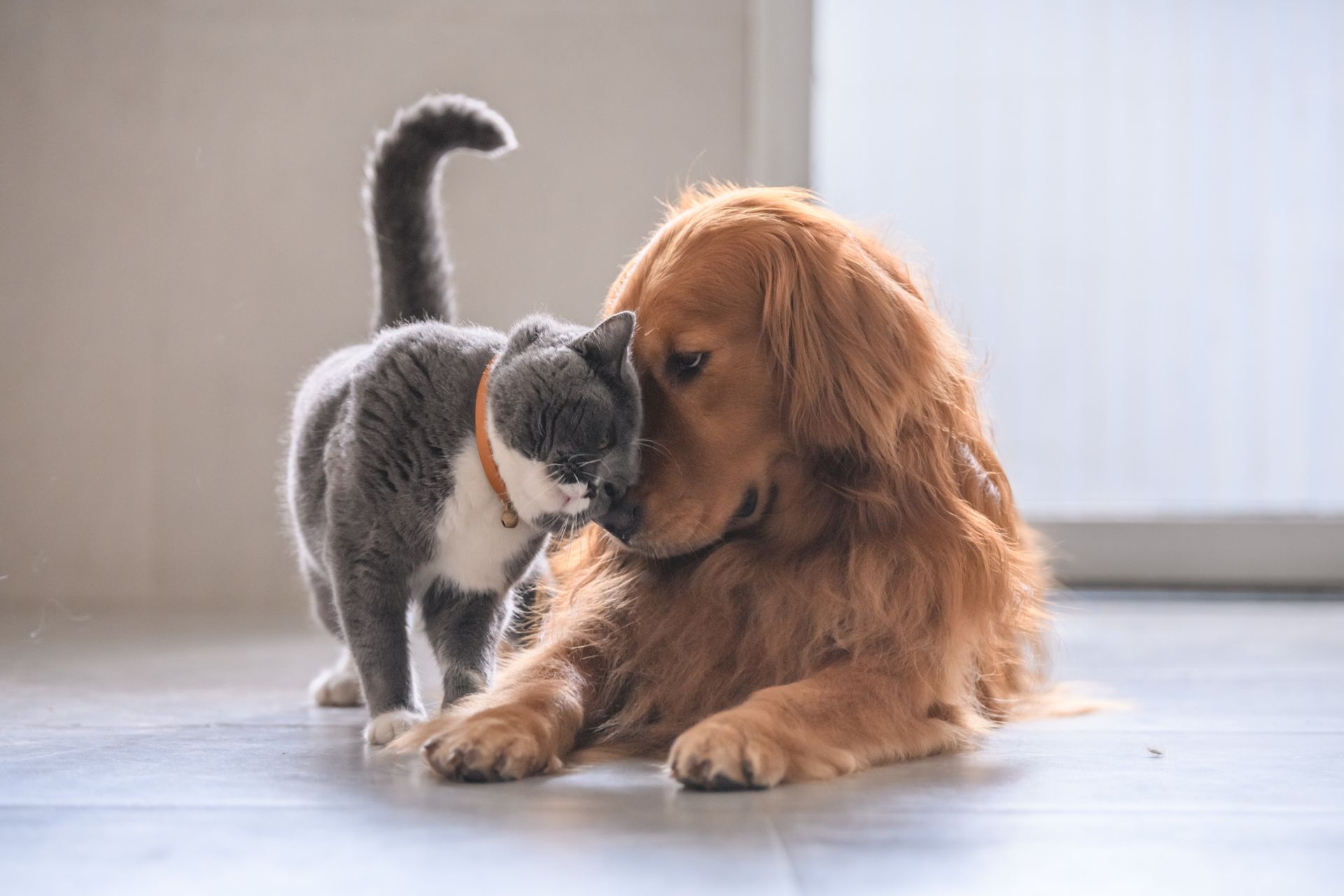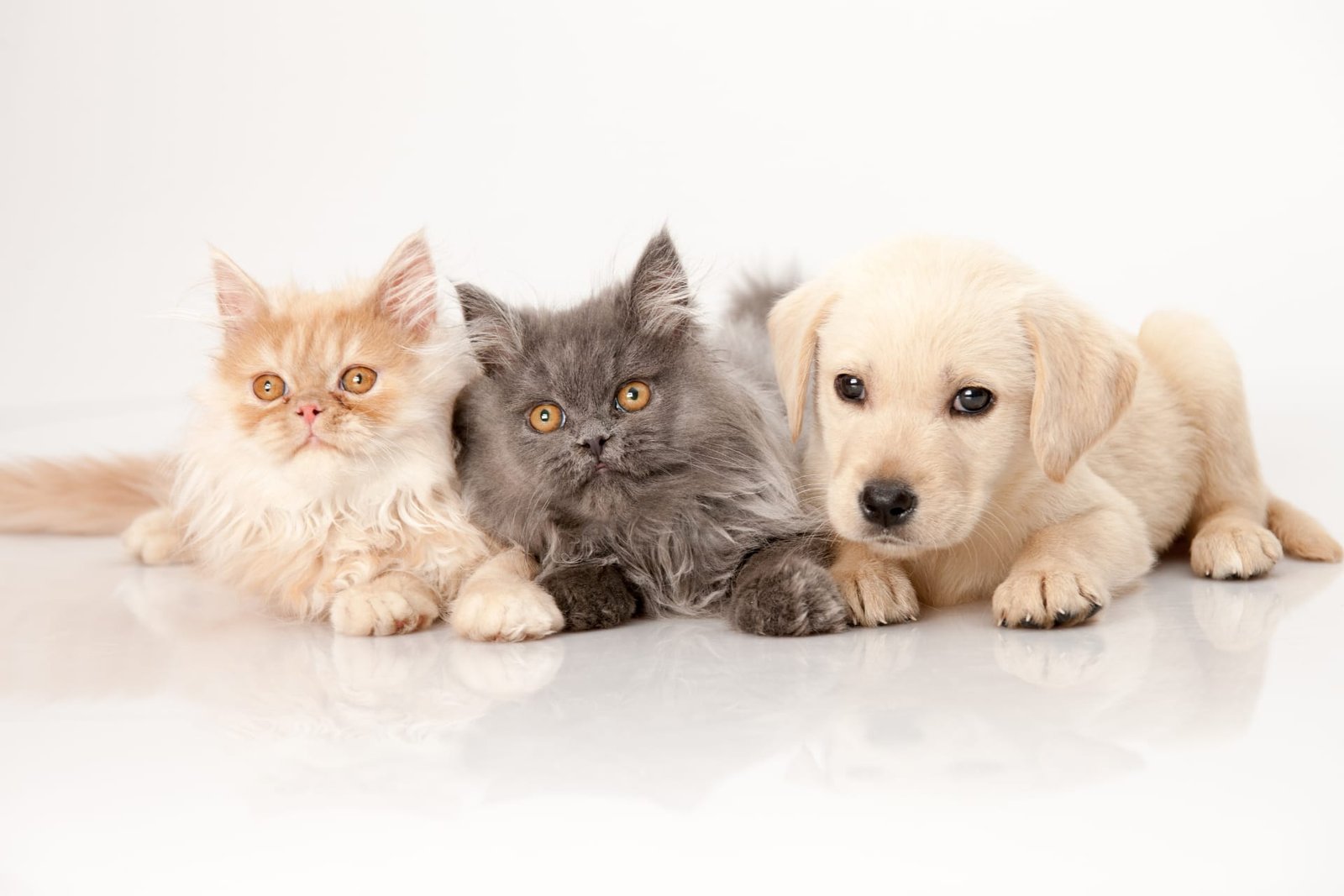Introducing a new cat to your resident dog can be an exciting yet challenging experience. It requires careful planning, patience, and a gradual introduction process to ensure a harmonious coexistence between these two furry family members. In this article, we will guide you through the steps to introduce a new cat to your resident dog in a stress-free and successful manner.
Contents
- Introduction
- Assessing the Situation
- Preparing for the Introduction
- Initial Introduction
- Supervised Face-to-Face Introduction
- Gradual Increase in Interaction
- Addressing Challenges and Setbacks
- Long-Term Coexistence
- Conclusion
- FAQs (Frequently Asked Questions)
Introduction
Bringing a new cat into a household with a resident dog requires a structured introduction process to help them establish a positive relationship. Rushing this process can lead to conflicts, stress, and potential harm to both animals. By following these guidelines, you can ensure a smooth transition and help your cat and dog build a strong bond.
Assessing the Situation
Before bringing a new cat into your home, it’s essential to evaluate your resident dog’s behavior and temperament. Some dogs are naturally more tolerant and accepting of other animals, while others may have a history of aggression or anxiety. Understanding your dog’s disposition will help you tailor the introduction process accordingly.
Preparing for the Introduction
- Create a Safe Space for the New Cat:
- Set up a separate room for the new cat with all the necessary essentials like food, water, litter box, scratching posts, and comfortable bedding.
- Ensure the room is escape-proof and inaccessible to the resident dog.
- This safe space provides the new cat with a sense of security while they adjust to their new surroundings.
- Establish a Routine:
- Stick to a consistent daily routine for both your dog and new cat.
- Maintain regular feeding times, exercise sessions, and playtime to establish a sense of stability.
- This routine helps reduce stress and provides a predictable environment for both animals.
Initial Introduction
- Controlled Visual Introduction:
- Begin the introduction by allowing the cat and dog to see each other without direct physical contact.
- Use a sturdy baby gate or a transparent barrier to separate them.
- This controlled visual exposure allows them to become familiar with each other’s presence without feeling threatened.
- Scent Introduction:
- Swap bedding or toys between the cat and dog to exchange their scents.
- This helps them associate each other’s smell with positive experiences and reduces unfamiliarity.
Supervised Face-to-Face Introduction
- Using Leashes and Barriers:
- Introduce the cat and dog in a controlled environment, such as a neutral room or a large enclosed space outdoors.
- Keep both animals on leashes initially to maintain control.
- Gradually decrease the distance between them while observing their reactions.
- If any signs of aggression or stress occur, create more distance and try again later.
- Promoting Positive Associations:
- Offer treats and rewards to both the cat and dog during their face-to-face interactions.
- Use praise and positive reinforcement to encourage calm and friendly behavior.
- Engage them in playtime using interactive toys to redirect their attention toward enjoyable activities.
Gradual Increase in Interaction
- Increase Supervised Time Together:
- Gradually increase the duration of their supervised interactions.
- Monitor their behavior closely for any signs of tension or aggression.
- If things progress positively, allow them longer periods of interaction.
- Gradual Freedom in the House:
- Once the cat and dog are comfortable in each other’s presence, gradually allow supervised access to shared areas of the house.
- Always ensure they have separate spaces to retreat to if needed.
Addressing Challenges and Setbacks
- Signs of Aggression or Stress:
- Be vigilant for signs of aggression, fear, or stress in either the cat or dog.
- These signs may include growling, hissing, raised hackles, hiding, or excessive panting.
- If such signs occur, consult a professional trainer or behaviorist for guidance.
- Separation and Timeouts:
- If conflicts arise, provide temporary separation between the cat and dog.
- Use baby gates, closed doors, or crates to separate them and allow them to calm down.
- Gradually reintroduce them under controlled conditions once they have settled.
Long-Term Coexistence
- Continued Supervision and Monitoring:
- Even after successful introductions, continue to supervise their interactions for a while.
- Monitor their behavior and step in if any signs of tension arise.
- With time, their bond may strengthen, and less supervision will be necessary.
- Providing Individual Attention:
- Ensure both the cat and dog receive individual attention, affection, and playtime.
- Avoid neglecting either animal, as this can lead to jealousy or feelings of displacement.
Conclusion
Introducing a new cat to your resident dog requires careful planning, patience, and a gradual introduction process. By following the outlined steps and considering the unique personalities of your pets, you can foster a positive and harmonious relationship between them. Remember to provide a safe space, promote positive associations, and gradually increase their interaction. With time, your cat and dog can become inseparable companions, bringing joy and warmth to your home.
FAQs (Frequently Asked Questions)
- Q: Should I leave my dog and cat unsupervised together?
- A: It is not advisable to leave them unsupervised until you are confident in their compatibility. Gradually increase unsupervised time as they develop trust and positive interactions.
- Q: What if my dog shows aggression toward the new cat?
- A: If aggression occurs, consult a professional trainer or behaviorist to address the underlying causes and develop a plan to manage their interactions.
- Q: How long does the introduction process usually take?
- A: The duration varies depending on the individual animals involved. It can take anywhere from a few days to several weeks for them to become comfortable with each other.
- Q: Can I use treats and rewards to encourage positive behavior?
- A: Yes, offering treats and rewards can be an effective way to reinforce calm and friendly behavior during their interactions.
- Q: What if my cat and dog never get along?
- A: In some cases, certain animals may not be compatible. It is important to prioritize the well-being of both animals and consult professionals for guidance on potential alternative arrangements.











